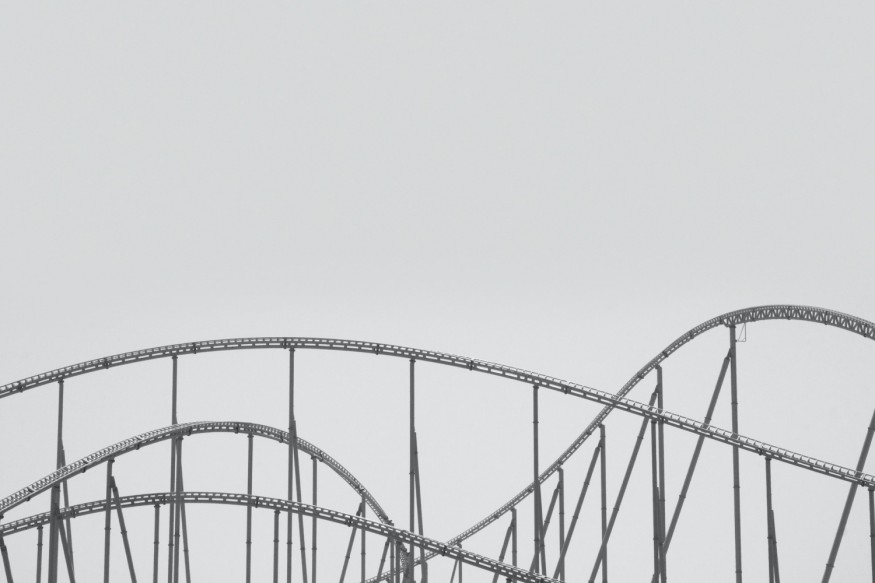
Death on a roller coaster is often considered a tragedy which is why strict regulations are in place to ensure the safety of these fun attractions. As such, there's a concept for a death roller coaster with a 100% kill rate.
Death Roller Coaster
The concept of the death roller coaster was designed by a Lithuanian man who came up with the idea of the "Euthanasia Coaster" which intentionally kills riders. The man, Julijonas Urbonas, initially created the concept in 2010 for a fatal theme park attraction.
During that type, he said that the theme park was designed to humanely end a person's life. Urbonas is a Royal College of Art in London's Design Interactions PhD student and was described on his site as the "founder" of the Lithuanian Space Agency.
In a review of the design, Luke Davidson shared on Tiktok how it was capable of holding 24 passengers and they were to ascend 510 feet to the top. Once they reach the top, the riders would be given the decision to either stop and return safely or continue to their demise.
For the ride to continue, participants would need to manually click a button for it to continue; and once they do, they would ascend at a speed of 223 mph. The death roller coaster would then go in loops that get smaller and smaller.
It's estimated that on average 4.5 people die from amusement parks yearly, with four of those deaths coming from roller coasters. Because of the low death rate, this becomes a source of reassurance for people, allowing them to feel the rush of adventure without risk of actual death due to safety precautions.
How Riders Die
The riders' deaths would happen as they lose consciousness until they finally die from the lack of oxygen going to their brain. Urbonas said that a biomonitoring suit that riders wear would check if they need to go another round, which he said was "extremely unlikely."
Because of the centrifugal force, the rider is pinned to their seat with their whole body being almost immobilized. Due to the pressure, breathing becomes harder as the ribs and other internal organs start to pull down.
The lungs are then emptied of air; and while the rider is already unconscious, blood is rushed to the body's lower extremities, causing an oxygen deficiency in the person's brain. The rollercoaster then continues despite the rider's brain, deprived of oxygen, already dead.
The proposed death roller coaster would go up to 1600 feet tall and 4.5 miles long. Urbonas also acknowledged the euphoria that people would feel as they start to suffocate due to their brains concentrating specifically on vital activities.
To create the plans for the Euphoria coaster, Urbonas used his knowledge of g-force adjustments and pilot training.
RELATED ARTICLE: Brain Chip Technology Enables Woman With ALS To Speak 13 Years After Being Diagnosed With Neurodegenerative Disease
Check out more news and information on Medicine and Health in Science Times.
© 2026 ScienceTimes.com All rights reserved. Do not reproduce without permission. The window to the world of Science Times.









